Where is my Device Manager and the solution for Windows Explorer has stopped working
Jul. 05, 2025 / Updated by Seraphina to Windows 11
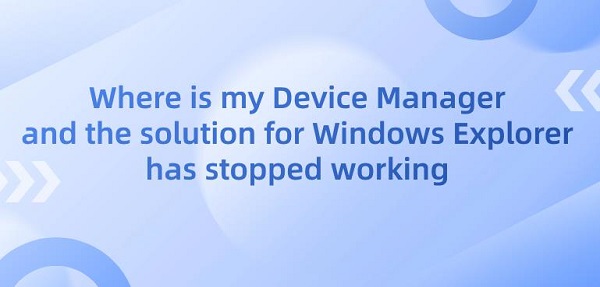
The Device Manager is a utility provided by the operating system to manage hardware devices connected to a computer. It allows users to view installed hardware devices, manage device drivers, diagnose hardware issues, and control device status and properties. Through the Device Manager, users can view detailed information about each device and perform various operations such as enabling, disabling, updating, or uninstalling device drivers.
Contents:
5. Solution for Windows Explorer has stopped working
The Device Manager is an integrated utility in the Windows operating system, allowing users to view and manage hardware devices connected to their computer.

1). Viewing Device Information:
Device Manager provides detailed information about hardware devices installed on the computer, including their names, types, manufacturers, status, and device-specific settings.
2). Managing Device Drivers:
Users can use Device Manager to install, uninstall, update, and roll back device drivers. Device drivers are software programs that enable communication between the operating system and hardware devices. Managing device drivers ensures that hardware devices operate normally and efficiently.
3). Troubleshooting Hardware Issues:
Device Manager helps diagnose and troubleshoot hardware-related issues. Users can check for device conflicts, view error messages, and identify devices with issues such as driver errors or hardware malfunctions.
4). Enabling or Disabling Devices:
Device Manager allows users to enable or disable hardware devices. This feature is useful for troubleshooting or conserving power by disabling unused devices.
5). Viewing Resource Allocation:
Users can view detailed resource allocation information for each device, such as IRQ (Interrupt Request), I/O (Input/Output) addresses, DMA (Direct Memory Access) channels, and memory ranges. This information helps identify resource conflicts and optimize device performance.
In macOS, there isn't a specific utility called "Device Manager" similar to Windows. Instead, macOS uses the "System Information" application to view detailed information about computer hardware and connected external devices.
To open "System Information", you can follow these steps:
Click the Apple icon in the top left corner of the screen.
Select "About This Mac".
In the opened window, click the "System Report" button.
The Device Manager in Windows can be accessed through the graphical user interface (GUI) as well as via the command-line interface. However, there isn't a specific "Device Manager command" in Windows. Instead, various command-line tools and commands can be used to perform tasks related to device management.
Here are some useful commands:
devmgmt.msc: This command opens the Device Manager GUI in Windows. You can run it from the Run dialog (Win + R) or Command Prompt.
driverquery: This command-line tool displays a list of installed device drivers and their properties. It provides information such as driver name, version, provider, and date.
pnputil: This command-line tool manages the installation and removal of device drivers. It can be used to add, remove, or list installed driver packages.
sc: The Service Control command-line tool is used to start, stop, pause, resume, or query the status of system services. Some services related to devices can be managed using this command.
wmic: The Windows Management Instrumentation Command-Line tool provides a command-line interface for managing various aspects of Windows, including hardware devices. You can use WMIC to query device information, manage device properties, etc.
PowerShell Commands: PowerShell provides cmdlets (such as Get-PnpDevice and Disable-PnpDevice) for managing plug and play (PnP) devices. These cmdlets allow you to perform various device management tasks from the PowerShell command-line interface.
4. Location of Device Manager:
Your Device Manager can typically be found in the Control Panel or through the Windows search bar.
You can access it by following these steps:
1). Press the Windows key on your keyboard or click the Windows icon in the taskbar to open the Start menu.
Type "Device Manager" in the search bar.
Click on the "Device Manager" option that appears in the search results.
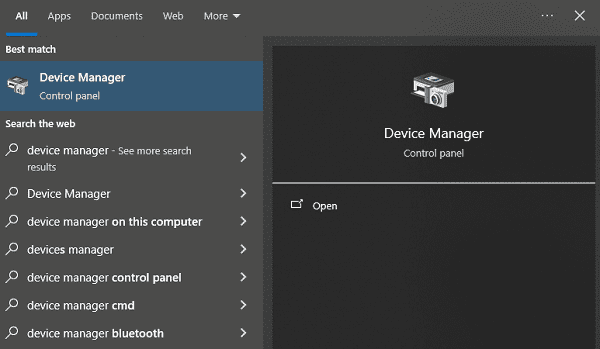
2). Alternatively, you can access Device Manager through the Control Panel:
Press the "Windows" key + "R" on your keyboard to open the Run dialog.
Type "control" and press Enter to open the Control Panel.
In the Control Panel, navigate to "System and Security" > "System" > "Device Manager".
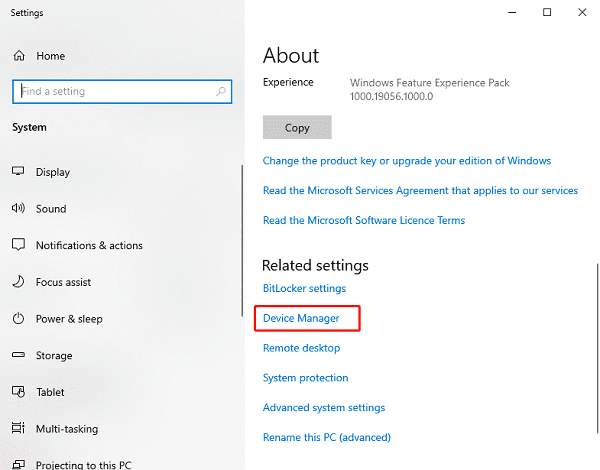
5. Solution for Windows Explorer has stopped working:
1). Update Graphics Card Drivers:
Graphics card drivers act as a bridge between the operating system and graphics hardware. Outdated, damaged, or incompatible graphics card drivers can lead to improper system resource allocation or conflicts, resulting in Windows Explorer crashes. Therefore, updating or reinstalling stable and compatible graphics card drivers can effectively resolve the issue.
Open Driver Talent and click on "Scan".
If it shows that your graphics card driver needs to be updated, click the "Download" button.
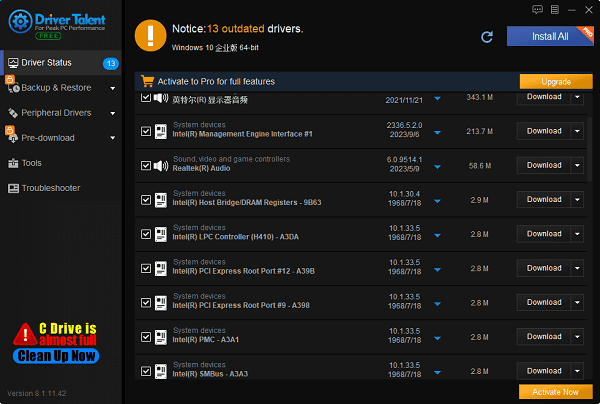
Wait for the update to be successful, then restart your computer to allow the new graphics card driver to take effect.
2). Run System File Checker (SFC):
System file corruption or mismatches with other files can also cause Explorer crashes. In such cases, we can run the System File Checker (SFC) to scan and repair corrupted system files. Enter the "sfc /scannow" command in the Command Prompt, then wait for the system to complete the scanning and repair process. After completion, restart the computer to see if the issue is resolved.
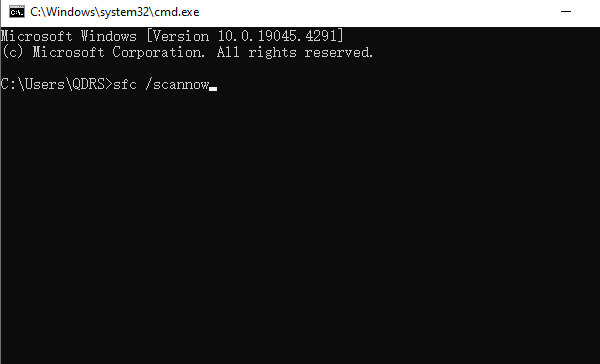
3). Scan and Remove Viruses:
Malware infections can also cause Explorer to stop working. Therefore, we need to use antivirus software to perform a comprehensive scan of the system and remove any viruses or malware that may exist. Ensure that the antivirus software is updated to the latest version, then perform a full scan. After removing the viruses, restart the computer to check if the issue is resolved.
4). Check and End Conflicting Programs:
Some running applications or services may conflict with Explorer, causing it to crash. We can use Task Manager to view and end these potentially conflicting programs.
Open Task Manager, find the suspicious program or service, right-click on it, and select "End task." Then, observe if Explorer resumes normal operation.
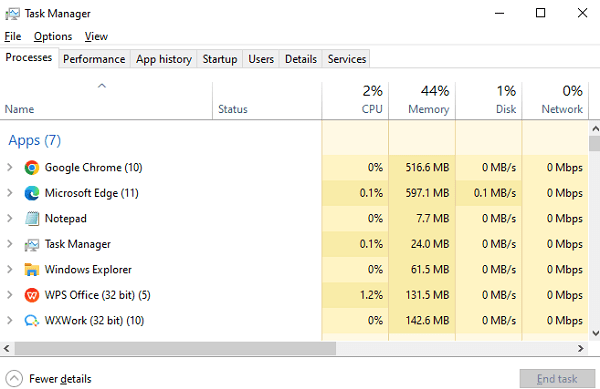
5). Consider Hardware Issues:
If none of the above methods resolve the issue, it may be due to hardware failure. We can check if hardware devices such as the hard drive, memory, etc., are functioning properly. If hardware issues are suspected, it is recommended to contact professional technicians for inspection and repair.
These are the solutions for Where is my Device Manager and solution for Windows Explorer has stopped working. If you encounter driver-related issues such as network cards, graphics cards, Bluetooth, sound cards, etc., you can use "Driver Talent" to diagnose and repair them. Additionally, Driver Talent supports driver downloads, installations, backups, and more, allowing for flexible driver management.
See also:
Is it essential to update computer drivers
Steps to clean up a full C drive on the computer
How to Solve the Issue of Keyboard Lights Not Turning On
No Internet Connection-5 Common Solutions
How to Solve Slow Speed and High Latency on Win11 Computers

|
ExplorerMax |

|
Driver Talent for Network Card | |
| Smart and advanced file explorer tool for Windows platforms | Download & Install Network Drivers without Internet Connection | |||
| 30-day Free Trial | Free Download |







